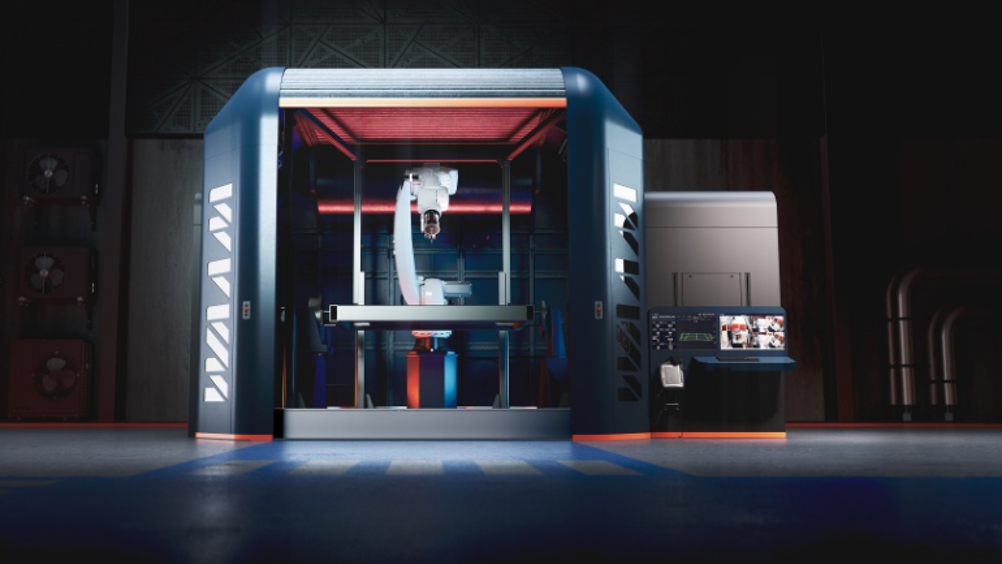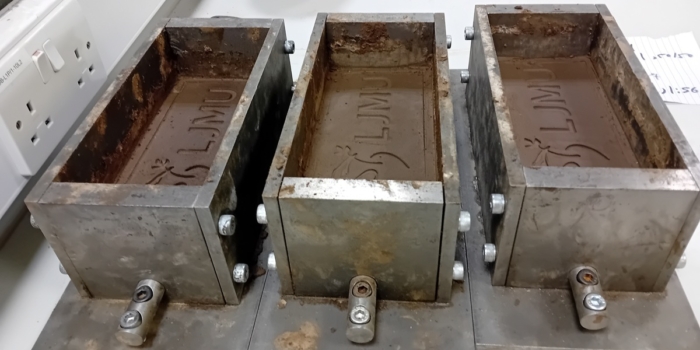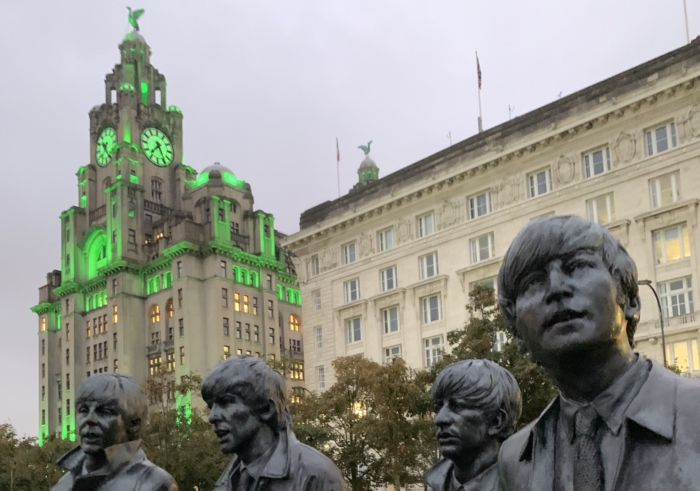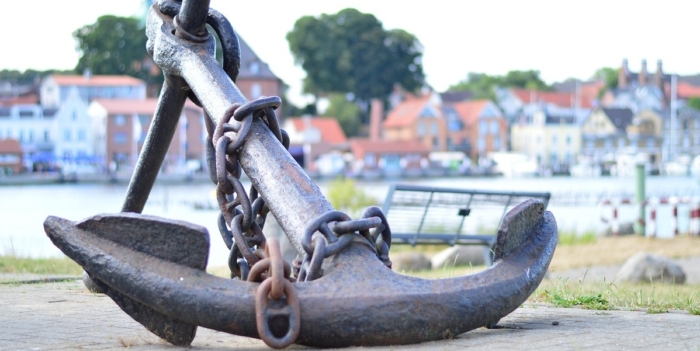Cranfield University
Keywords: Wire Arc Additive Manufacturing, 3D Printing, Additive Manufacture, Resource efficiency, TAl64V, Steel, Aluminium alloys
Sector: advanced manufacturing
Project lead: Cranfield University
Project collaborators: WAAM3D; Kuka Robots; Accuron Technologies Ltd; Lockheed Martin; BAES; Thales Alena Space; TechnipFMC; Relativity Space; Bombardier; Airbus Space and Defence; Glen Almond Technologies; Weir Group
Issues addressed by the project
Research began at Cranfield University in 2006 to address how manufacturing from large metal forgings could be replaced by a cheaper, faster, and more sustainable process in terms of use of materials. The focus was on titanium, a metal that is neither precious nor rare, and used extensively in aerospace and energy generation sectors as the strongest of lightweight metals.
Titanium, however, requires 650 MJ of energy per kg to produce – making it very expensive (Ti ~$50/kg) – and significant amounts of the metal are wasted as part of traditional manufacturing methods. A typical airframe panel starts with at least ten times the material than finally goes on the aircraft (the buy-to-fly (BTF) ratio).
Future impact of the project
Better use of materials with improved resource efficiency is a driving factor in materials manufacturing research for a sustainable future for the planet. This research has enabled better use of raw materials by creating components with less material and less scrap thereby having a much lower embodied carbon footprint and impact on global warming.
National and global benefits
Although the major research hub is in Cranfield collaborators are spread across the globe and beyond. There is a Cranfield designed mini WAAM3D system now working on the International Space station.
The Cranfield spin-out WAAM3D is based in Milton Keynes but investment in the company has been from Singapore and research at Cranfield has come from Europe, USA and the far East. The WAAM3D systems are now being used in aerospace including space, automotive, architecture and other sectors.
This technology is now seen as a major manufacturing platform for the UKs increasing defence manufacturing sector especially within the supply chain with companies such as BAES and Rolls-Royce plc.
Level of investment and timescale
More than £10 M investment in research over the last 15 years and the process is now at TRL9 with components being made for us in a number of sectors.
WAAM3D has already secured signification sales in its first few years of trading and now employs over 30 staff. The first six months trading produced more than £3 million in sales with a 10% profit.
Further aspects
Wire-based 3D metal printing technology, developed through Cranfield University research, has been successfully commercialised in June 2018, attracting initial external investment of £3 million and generating £3 million sales within the first six months, and 15 jobs. This has now risen to over 30 jobs and sales of £3million.
Commercialisation has transformed the sustainability of the supply chain for manufacturing processes in aerospace and oil & gas industries : reducing consumption of energy intensive materials e.g. titanium up to 80%, and up to 70% manufacturing cost savings, compared with conventional methods.
Systems and components developed by spin-out company WAAM3D Limited have been used by Lockheed Martin, Thales, TechnipFMC, Relativity Space and Weir Group. Accuron Technologies Ltd (Singapore) have invested £1.5 million in WAAM3D with a further £1.5 million option.
WAAM3D provides a complete ecosystem for companies; turnkey systems with specialist hardware, bespoke software and full customer support including system training, part building and small batch manufacture.




